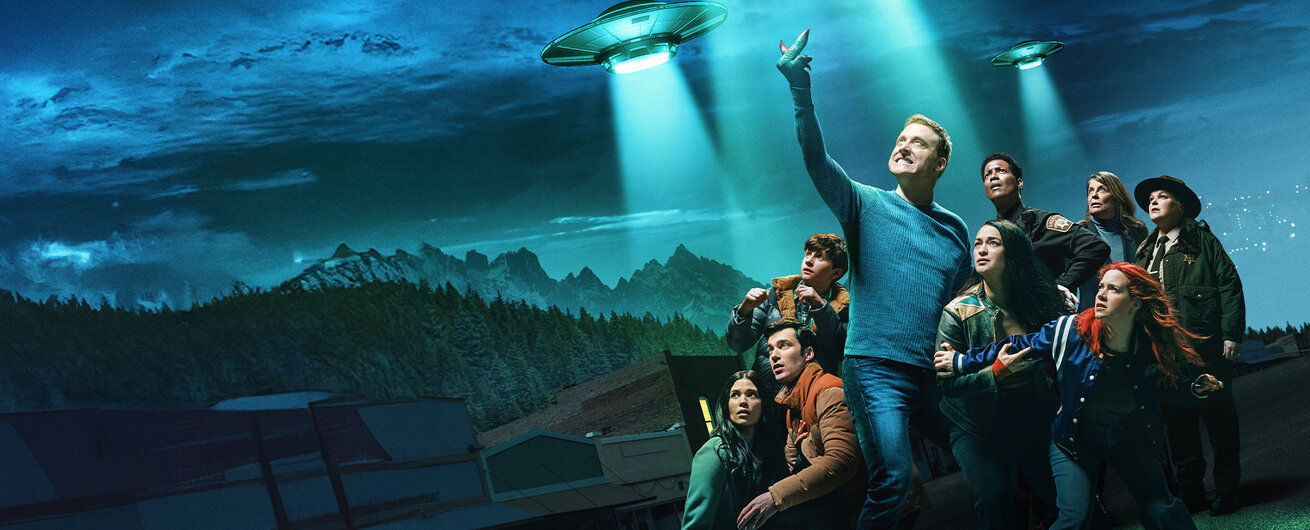Create a free profile to get unlimited access to exclusive videos, sweepstakes, and more!
"Devil" Comet 12P Grows "Horns" As It Approaches Inner Solar System
We're not saying it's an evil comet... but we're not NOT saying that.
Look up between now and June of 2024 and you might see something that looks devilishly like a spaceship racing across the sky. What might look like a scene from Resident Alien (streaming now on Peacock) is actually a weird looking comet rushing toward Earth.
The comet 12P/Pons-Brooks was first discovered by Jean-Louis Pons back in 1812. The comet was next observed by William Robert Brooks in 1883, when 12P came back on the next lap of its 71-year orbit. Since then, 12P has only returned one other time, in 1954, and it will swing back around for its next pass in April 2024. In the meantime, astronomers with the Comet Chasers education and outreach program have witnessed a pair of bizarre horns sprouting from the comet’s core.
Comet 12P Sprouts Temporary Devil Horns
The comet 12P is approximately 30 kilometers across, roughly the same width as Chicago. Its core is made up of ice, dust, and gas which interacts with solar radiation to varying degrees, depending on how close it is to the Sun. As it approaches perihelion (the part of its orbit closest to the Sun), sunlight heats the comet’s core, creating pressure inside which has to come out.
RELATED: If You're a Comet, It's Not Easy Being Green. Now we Know Why.
The resulting icy volcanic eruptions dump gas and dust into space, creating a bright coma that astronomers can easily see from a distance. On October 5, astronomers witnessed a massive eruption through their telescopes. The extra gas and dust coming out of the comet reflected a bunch of extra light, making the comet dozens of times brighter than average.
Over the next several days, astronomers watched as two large horns emerged out the back of 12P. The result is an object which, if you squint, looks a little like the Millennium Falcon (12P stands for 12 parsecs, obviously) or a cosmic horseshoe crab. Astronomers suspect the horns are the result of the comet’s irregular shape obstructing the outflow of gas and dust, splitting it into two streams like a pebble jammed into a garden hose.
By now, the horns have likely dissipated, but they are likely to return as the comet approaches perihelion. The closer it gets to the Sun, the more solar radiation it will have to endure, and eruptions are likely to become more frequent. Moreover, astronomers suggest that the eruptions further carve out the irregularity, making the horns more pronounced.
In June 2024, comet 12P will get within 232 million kilometers and be bright enough to see with the naked eye, provided you have clear and dark skies. Even better, perihelion occurs at roughly the same time as the 2024 total solar eclipse, giving skywatchers an opportunity to see two incredible celestial sights at the same time.
In the meantime, catch up on the first two seasons of Resident Alien, streaming now on Peacock.
Originally published Oct 21, 2023.



































